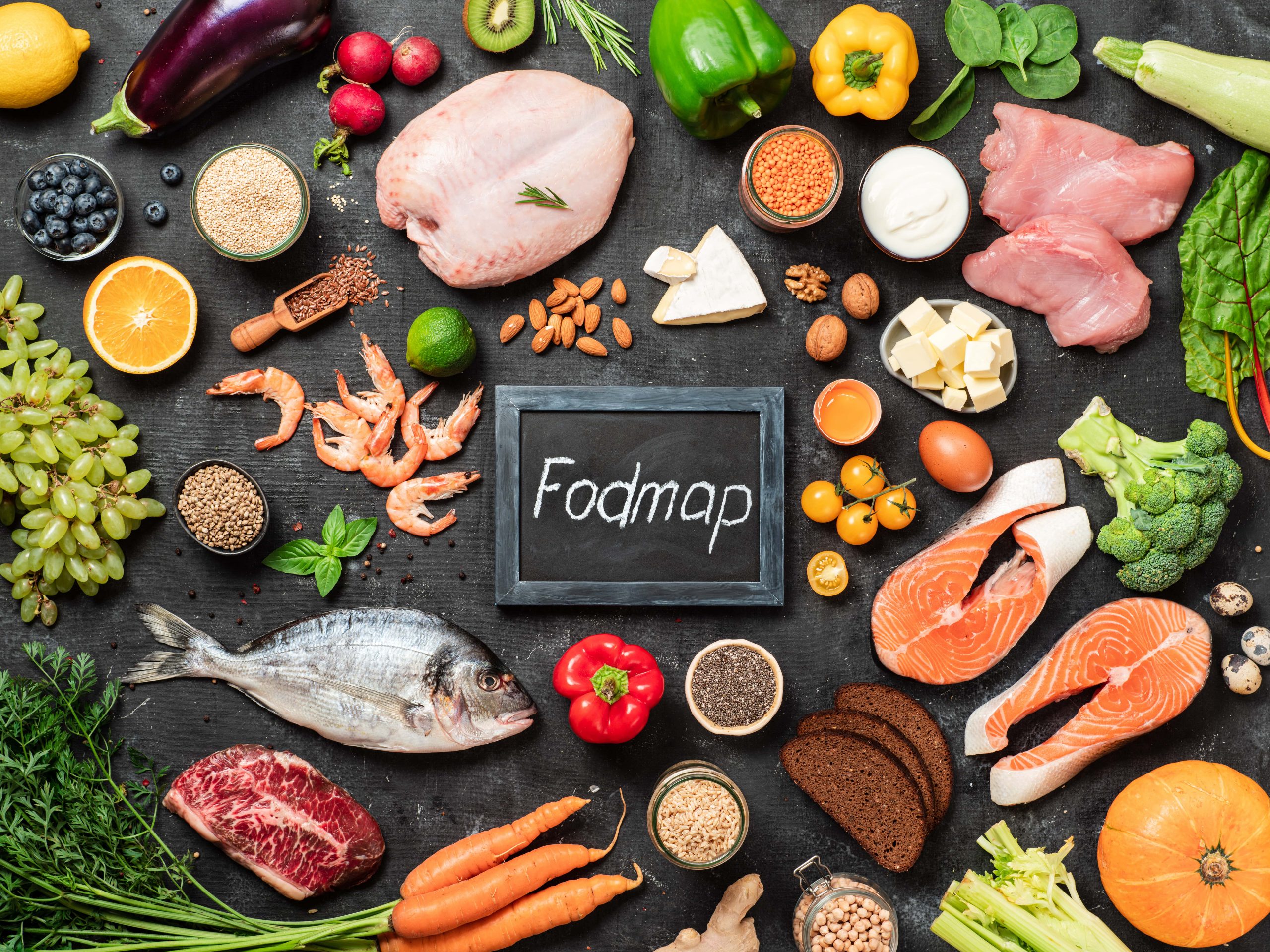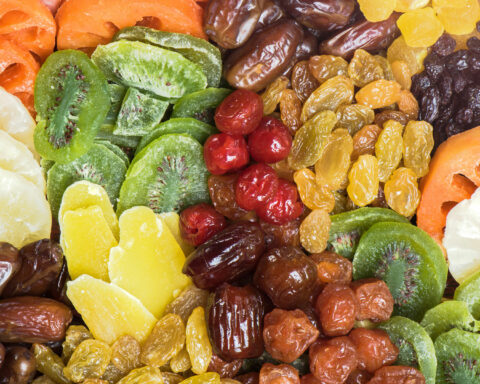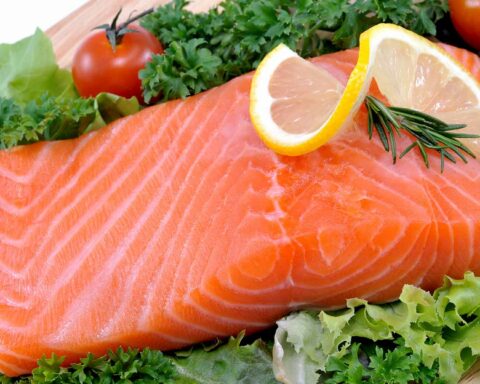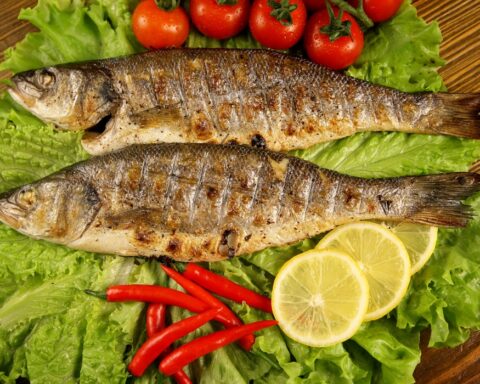While carbs are necessary for energy, too much of them, especially the fermentable ones, is a major cause of digestive disorders. Knowing foods that are rich in fermentable carbs helps one avoid them and manage digestive problems.
The body needs carbs, which it breaks to provide fuel for physiological processes. Still, digestive issues, including irritable bowel syndrome (IBS), set in when it has too many of these carbs, particularly the fermentable ones. Gassing, bloating, diarrhea, and other forms of stomach discomfort become commonplace. FODMAP is an acronym for fermentable carbs, and knowing foods rich in these carbs helps you make a conscious choice that will not harm the stomach. Peer into this article to enlighten yourself on what FODMAPs mean and their main sources.
Understanding FODMAPs
In the modern world, where technology has led to the dissemination of information, the term FODMAP and its use have become commonplace. It is the acronym for Fermentable Oligo-, Di-, and Mono-saccharides and Polyols and denotes foods often eaten but can trigger digestive issues. To classify food as a FODMAP, experts use pre-defined cut-off levels, which means having anything other than the following;
Many studies have been extensively conducted on FODMAPs, including those by King’s College London and Monash University, and the list hereafter discussed shares the main FODMAP-rich foods. Although they cause stomach discomfort, not everyone should avoid them, especially because of the associated health benefits. Here are the main dietary sources of fermentable carbs.
i. Wheat
Despite being low in FODMAPs by weight, wheat is widely consumed in the USA and beyond, making it appear at the top of the list of FODMAP-rich foods. This shows that in classifying foods as FPDMAPs-rich, the concentration of FODMAPs and the frequency with which the food is eaten all matter. Some foods contain wheat, but only as a minor ingredient. Such are termed as being low-FODMAP. Pasta, bread, and biscuits are some of the foods with high FODMAPs concentrations. Low-FODMAPs with which they can be replaced include millet, maize, buckwheat, tapioca, and quinoa.
ii. Garlic
Garlic is a common kitchen ingredient that finds itself in most foods despite its high FODMAP concentration. Unfortunately, completely avoiding it can be challenging since it’s added to most flavorings, seasonings, and sauces. Besides, most processed foods also feature it as a natural flavor or flavorings. Of the FODMAPs, garlic has a lot of concentrated fructans, making it hard for fructans-sensitive people. Still, it has many benefits, and if your body tolerates it, you would not need to completely avoid it. The fructans concentration on garlic largely depends on its state, with the dried garlic having three times as much fructans in fresh ones. Some of its low-FODMAP alternatives include lemongrass, chili, mustard seed, and turmeric.
iii. Onions
Onions are another kitchen staple that is hard to completely avoid due to the multiple dishes it seasons and flavors. There are many types of onion, each with different FODMAP concentrations, but they are all high-FODMAP, with fructans being the most abundant carb. Still, Spanish onions and shallots have the lowest and the highest concentrations of fructans, respectively.
iv. Vegetables
Some vegetables are heavily packed with FODMAPs, but the concentration differs from one to another. Galactose-oligosaccharides (GOS), fructose, fructans, sorbitol, and mannitol are fermentable carbs in vegetables. In fact, some vegetables like asparagus have more than one fermentable. Asparagus is loaded with mannitol, fructans, and fructose. Since vegetables boost the immune system and help the body fight infections due to the phytochemicals, vitamin C, and antioxidants in them, one should not totally avoid them but switch to low-FODMAP ones. Such include eggplant, carrot, zucchini, bean sprouts, and kales. High-FODMAP vegetables include karela, Brussel sprouts, cauliflower, and snow peas.
v. Sweeteners
Although some foods might generally be low in fermentable carbs, adding sweeteners increases their FODMAP concentration; hence sweeteners are said to be hidden FODMAP sources. Some developed countries like Great Britain have developed apps that you can use to scan the barcode of the processed and packaged foods in the supermarket for their FODMAP information. Honey, agave nectar, and corn syrup are some of the high-FODMAP sweeteners, while the low-ones include Stevia, maple syrup, glucose, and aspartame.
vi. Dairy products
Dairy products also harbor great amounts of fermentable carbs, with lactose being the main ones. However, not all of them have FODMAPS. For instance, cheese would have lots of fermentable carbs, but during the cheesemaking process, its lactose is filtered out, making it a low-FODMAP product. Others in the same category include Parmesan, Cheddar, and feta cheese, cream, and low-fat milk. On the other hand, cottage cheese, yogurt, and cream cheese are high in fermentable carbs. It’s noteworthy that flavorings may add FODMAP content to dairy products. For instance, while cream is low on fermentable carbs, onion or garlic flavoring will increase the FODMAP concentration.
vii. Beverages
While most beverages have a certain concentration of fermentable carbs; some have more than others. In addition, those made from low-FODMAP fruits may end up being high on FODMAP. For instance, while orange is a low-FODMAP fruit, making a single orange juice glass takes many oranges, and with the cumulative effect of many low-FODMAP fruits, the juice is high-FODMAP. Chamomile and chai tea, rum, and desert are low in fermentable carbs, while white, black, and green tea, water, and vodka are low-FODMAP beverages.
viii. Fruits
Although all fruits are fructose-loaded, not all are considered high-FODMAP, especially when the glucose concentration overrides fructose. When there’s more glucose than fructose, the fructose is absorbed, minimizing chances of gut issues. Therefore, a fruit is deemed high-FODMAP when fructose content overrides glucose. Besides, eating too many low-FODMAP fruits leads to a synergistic effect, and gut issues might arise. Lime, kiwi, and rhubarb are low in FODMAP, white peaches, apricots, and apples are heavily loaded with fermentable sugars.
Conclusion
FODMAPs is an acronym for fermentable carbs, including oligo-, di-, and mono-saccharides and polyols. When they interact with the body, they often result in gut issues such as diarrhea, gas, and bloating. This article shares a list of foods rich in fermentable carbs, including fruits, vegetables, beverages, wheat, and some dairy products.
- FDC – Giejo Magazine Article - July 29, 2023
- MoriMa Tea the – Chinese tea culture - April 26, 2023
- Missionary Position – Least Likely To Bring You To Climax - April 7, 2023









